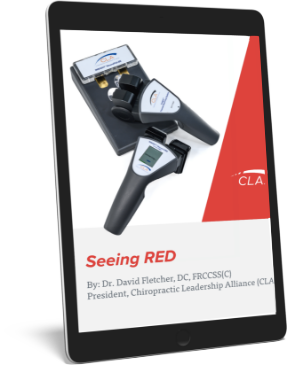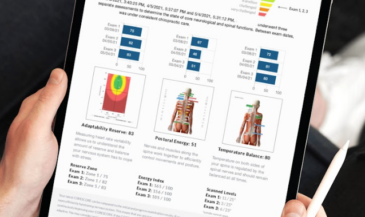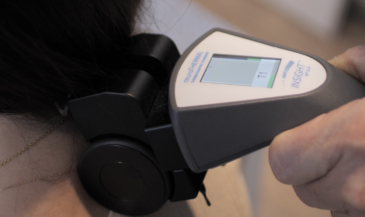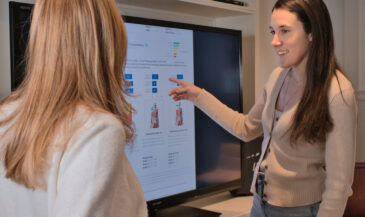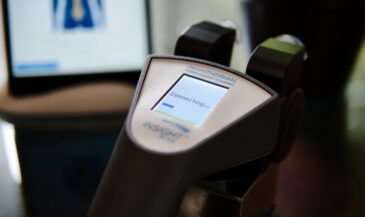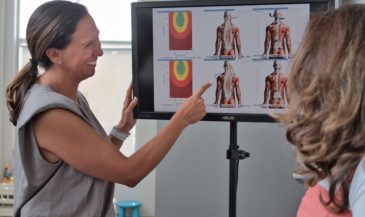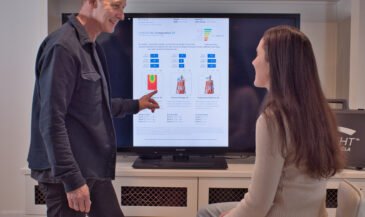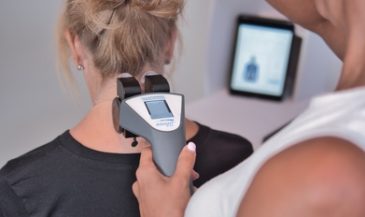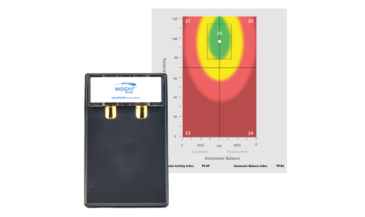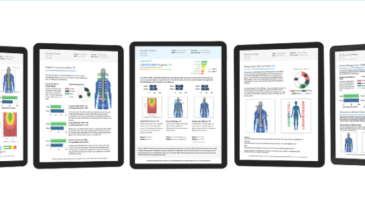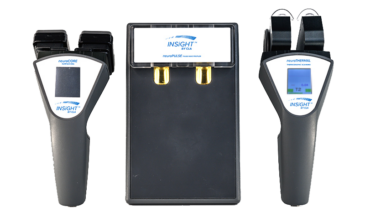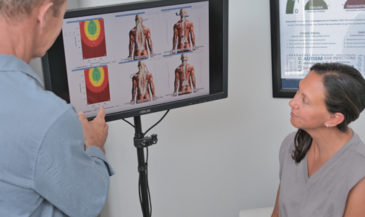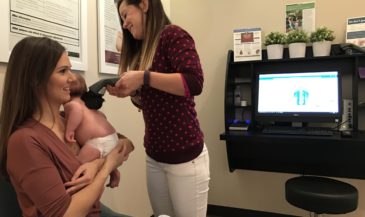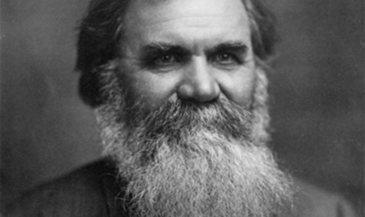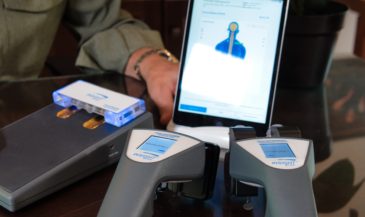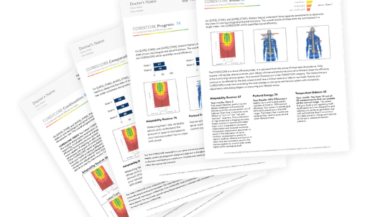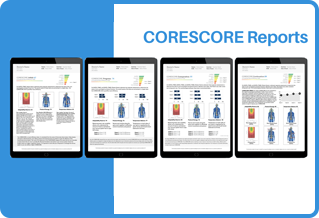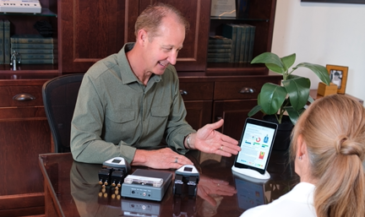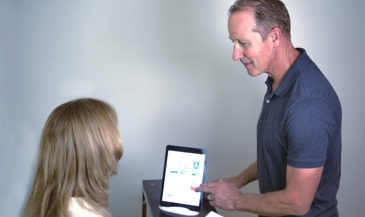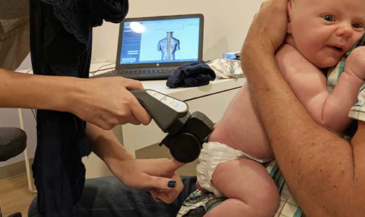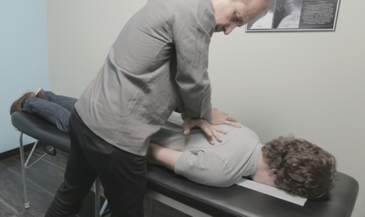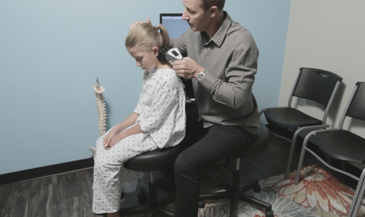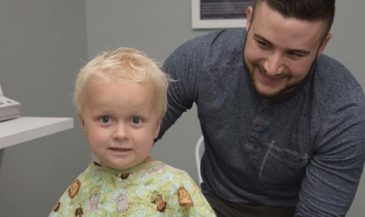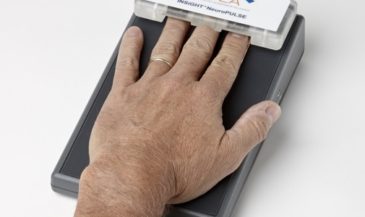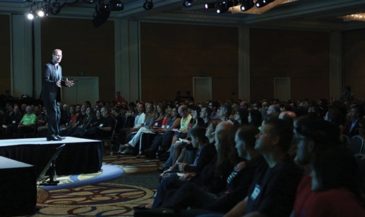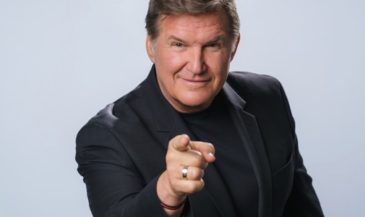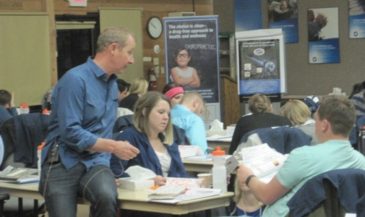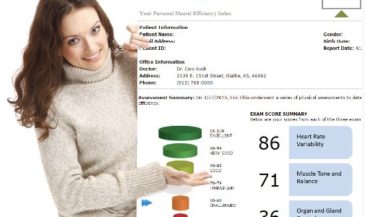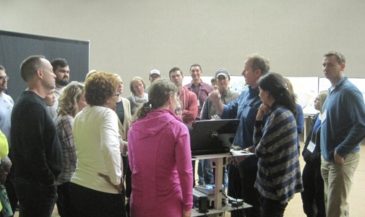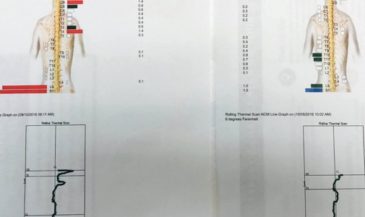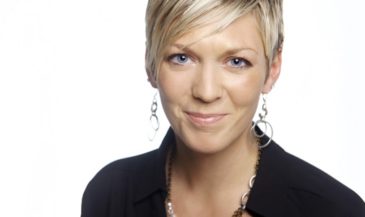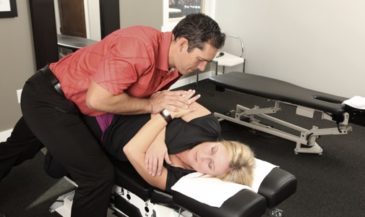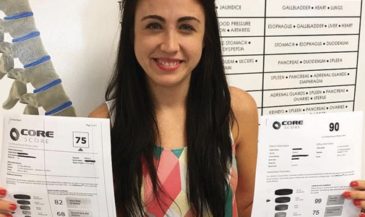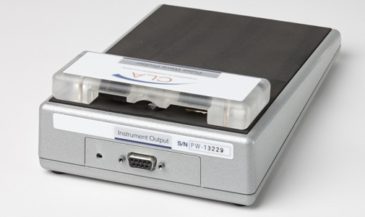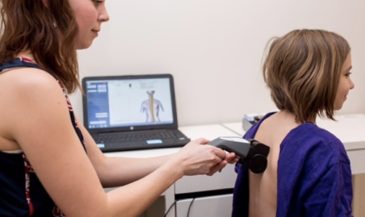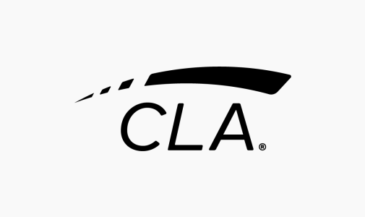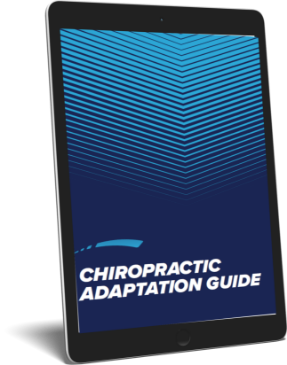By Dr. Christopher Kent
A frequent question asked by chiropractors is, “To what extent do intent, attitude, and touch affect the adjustment?” Although these issues may seem unrelated to the technical aspects of subluxation correction, a growing body of evidence suggests that such factors may significantly affect the healing process.
Bunnell [1] conducted a study to determine whether “healing with intent” could be shown to exert an effect on pepsin enzyme activity. The rate of breakdown of egg albumin by a 1% pepsin solution was measured across 20 separate trials. This assessment method was chosen to eliminate the possibility of a placebo effect. The reaction rate of samples “healed with intent” was compared to “unhealed” controls. The samples “healed by intent” demonstrated significantly greater reaction rates than the controls.
Even more striking were the results of a study by Bengston and Krinsley. [2] After witnessing numerous cases of cancer remission associated with a healer who used “laying on of hands,” one of the authors apprenticed in techniques alleged to produce the healing effect. The authors obtained five experimental mice with mammary adenocarcinoma, which had a predicted 100% fatality between 14 and 27 days. These mice were treated using the healing techniques learned by the investigator. The treatments were given one hour per day for one month.
The tumors developed a blackened area, then ulcerated, imploded, and closed. The mice lived their normal life spans. Control mice sent to another city all died within the predicted time frame. Three replications using skeptical volunteer “healers” at two different institutions produced an overall cure rate of 87.9% in 33 experimental mice. Histological studies revealed viable cancer cells through all stages of remission.
When re-injections of cancer were given to the mice in remission, they did not “take,” and the animals remained in remission. The authors conjectured that the treatment might have stimulated an immunological response. The authors reached the following tentative conclusions: “Belief in laying on of hands is not necessary in order to produce the effect; there is a stimulated immune response to treatment, which is reproducible and predictable; and the mice retain an immunity to the same cancer after remission…”
Attitude also matters. Laughter and humor have been shown to have beneficial health effects. Berk [3] et al investigated how humor-associated mirthful laughter modulated certain neuroimmune parameters. 52 healthy men participated in the study. Blood samples were taken 10 minutes before viewing a one hour-long humor video. Additional blood samples were taken 30 minutes into the video, 30 minutes after the viewing was completed, and 12 hours after the viewing.
Increases were found in natural killer cell activity; immunoglobins G and M, with several immunoglobin effects lasting 12 hours after viewing the humor video. Other effects lasting at least 12 hours were increases in leukocyte subsets, and increases in the cytokine interferon gamma. The authors concluded, “Modulation of neuroimmune parameters during and following the humor-associated eustress of laughter may provide beneficial health effects for wellness…”
In a study by Kimata [4], allergy patients who watched a Charlie Chaplin comedy had skin welts shrink, an effect not found in controls who watched weather reports.
Do these studies mean that we should abandon the adjustment and become stand-up comics? Certainly not! I know of nothing that one human being can do for another, which more powerfully affects global well being than the correction of vertebral subluxation.
My point is simply that the very act of touching, inherent in the chiropractic encounter, may exert a beneficial influence. Intent enhances this effect. Furthermore, an upbeat, positive, empathic attitude will benefit your practice members more than a neutral or negative one. In a study published by Di Blasi et al [5], the authors stated, “One relatively consistent finding is that physicians who adopt a warm, friendly, and reassuring manner are more effective than those who keep consultations formal and do not offer reassurance.”
As chiropractors, we touch our patients, and we project an attitude that profoundly affects their well being. We can do so by default, or by design. Focus on your intent to allow the body to express its potential by correcting vertebral subluxations. Then deliver the adjustment with technical certainty.
References
1. Bunnell T: “The effect of ‘healing with intent’ on pepsin enzyme activity.” Journal of Scientific Exploration 1999; Vol. 13, No. 2, Article 1.
2. Bengston WF, Krinsley D: “The effect of the ‘laying on of hands’ on transplanted breast cancer in mice.” Journal of Scientific Exploration 2000; Vol. 14, No. 3, Article 2.
3. Berk LS, Felten DL, Tan SA, et al: “Modulation of neuroimmune parameters during the eustress of humor-associated mirthful laughter.” Alternative Therapies 2000; Vol. 7, No. 2, Pages 62-76.
4. Kimata H: “Effect of humor on allergen-induced wheal reactions.” JAMA 2001; Vol. 285, No. 6, letters.
5. DiBlasi Z, Harkness E, Ernst E, et al: “Influence of context effects on health outcomes: a systematic review.” The Lancet 2001; Vol. 357, No. 9258, Page 757.



